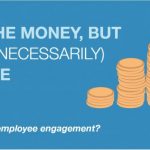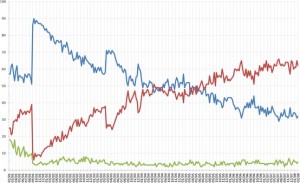As a data guy, I take note whenever I see a new and interesting way that people are using data to inform their decisions. As just a guy, when the use of data to inform that decision-making
A little back story is necessary. In the world that is quickly becoming known as “Big Data,” analysts are finding new ways to use a lot of data (not necessarily “a lot” meaning amount, but “a lot” can mean varying types of data). The most intriguing, and arguably the most valuable use of this type of analysis is in its use to identify customer preferences (or, behaviors). In the world of economics, demand for a product is, in part, a function of customer preference. For instance, you don’t see many people selling pickle-and-cheese sandwiches because customers prefer other types of sandwiches instead (rightfully so, in this case). Money goes to preference. process collides with beer, I take double-note.
In the old days, identifying customer preference was a tad difficult. Either trial-and-error or extensive research and surveying was necessary, all of which required time, money, and know-how. However, the rise of Big Data has altered the dynamic. We’re now able to take data from various sources, merge it, analyze it, and identify preferences in a scalable way. A smart analyst with a computer today can now tell you how likely it is that someone shopping at your store is pregnant, or even how much customers are going to spend.
This brings me to today’s discussion. And also beer. A group of individuals that can only be defined as “genius” at Yhat built a recommendation system for beer with the use of data from Beer Advocate and R. With these tools and some mathemagics, the recommendation system can tell you what type of beer you are most likely to enjoy based on your preferences and the preferences of those like you. They’ve done this with a concept known as “collaborative filtering.” In collaborative filtering, the preferences of users who are recommending a product are filtered to find similar patterns, and these patterns are then used to make predictions about the interests of users in the future.
In the end, you tell the system a beer that you know you enjoy and a type of beer that you would like to try in the future. Based on these two pieces of information, the system responds with a list of beers of the same type you would like to try that are most likely to match your preferences.
The fun doesn’t have to stop there, though, as this is just one example of using Big Data (in this case, in the form of user recommendations) to help guide you to the optimal product (in this case, beer). Similar uses can be seen throughout the consumer product world.
But, as is typical, genius always begins with a beer.





